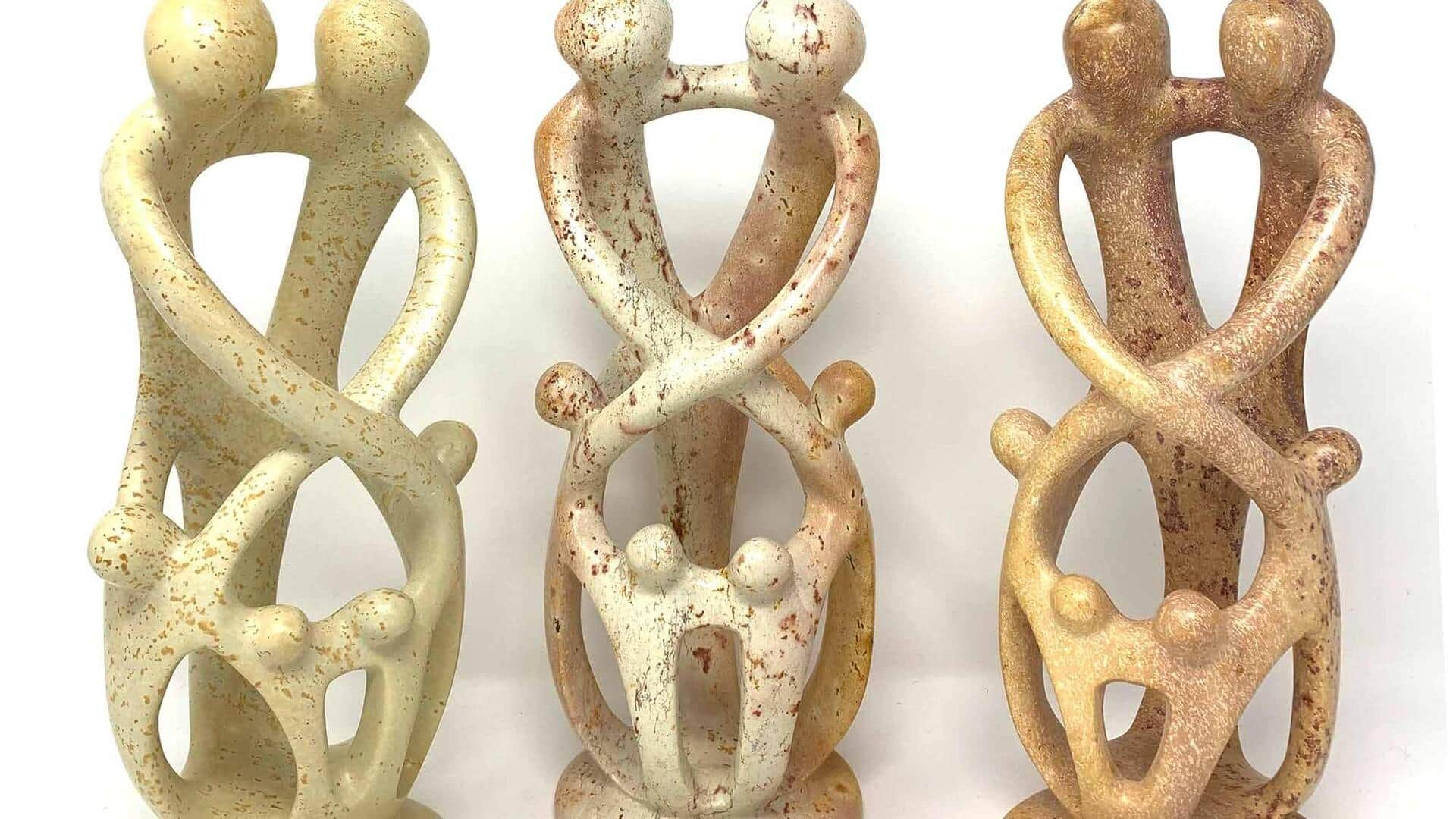
Exploring African soapstone carving techniques
What's the story
Soapstone carving is a vibrant art form found throughout Africa, characterized by its intricate designs and deep cultural symbolism. This craft involves shaping soapstone, a soft metamorphic rock, into a variety of forms and figures. Artists commonly portray animals, gods, and everyday scenes, ensuring each piece serves as a testament to Africa's rich heritage. This article explores the techniques and traditions of African soapstone carving.
History
The origins of soapstone carving
The tradition of soapstone carving in Africa stretches back millennia, with remnants discovered at archaeological sites throughout the continent. While early carvings served practical purposes, like cooking pots and tools, this medium eventually blossomed into a vibrant art form. Today, Zimbabwean and Kenyan communities hold special acclaim for their soapstone artistry, with techniques handed down through generations.
Tools
Tools of the trade
The art of traditional soapstone carving relies on a simple yet effective set of tools. Steel or iron knives are used for initial rough cuts, while wooden tools allow for intricate detailing. Sandpaper is then used to refine the surface, preparing it for painting or polishing. Even with modern technology, many artists choose to use traditional tools to preserve the authenticity of their craft.
Technique
The carving process
Artists choose soapstone for its color and feel, then draw their visions on it. With patience, they chip away the unwanted parts, uncovering the hidden figure. Finally, they sand it until it's as smooth as a river stone. A little wax might be used for polishing, making it shine like a jewel.
Meaning
Cultural significance
Each carved piece is not just art, it's a piece of African history and culture. They represent strength, leadership, and the spirit of Africa. Animals like elephants and lions stand for strength and leadership, while human figures often represent ancestors or respected leaders in the community. Many of these carvings are used in traditional ceremonies, or as good luck charms believed to bring protection or blessings.
Sustainability
Preserving tradition
The past few years have seen a strong focus on sustainability within the soapstone carving community. They strive to make quarrying environmentally friendly and ensure artisans are paid fairly for their work. Education programs are in place to encourage young people to carry on this ancient craft while modernizing it for today's audiences.